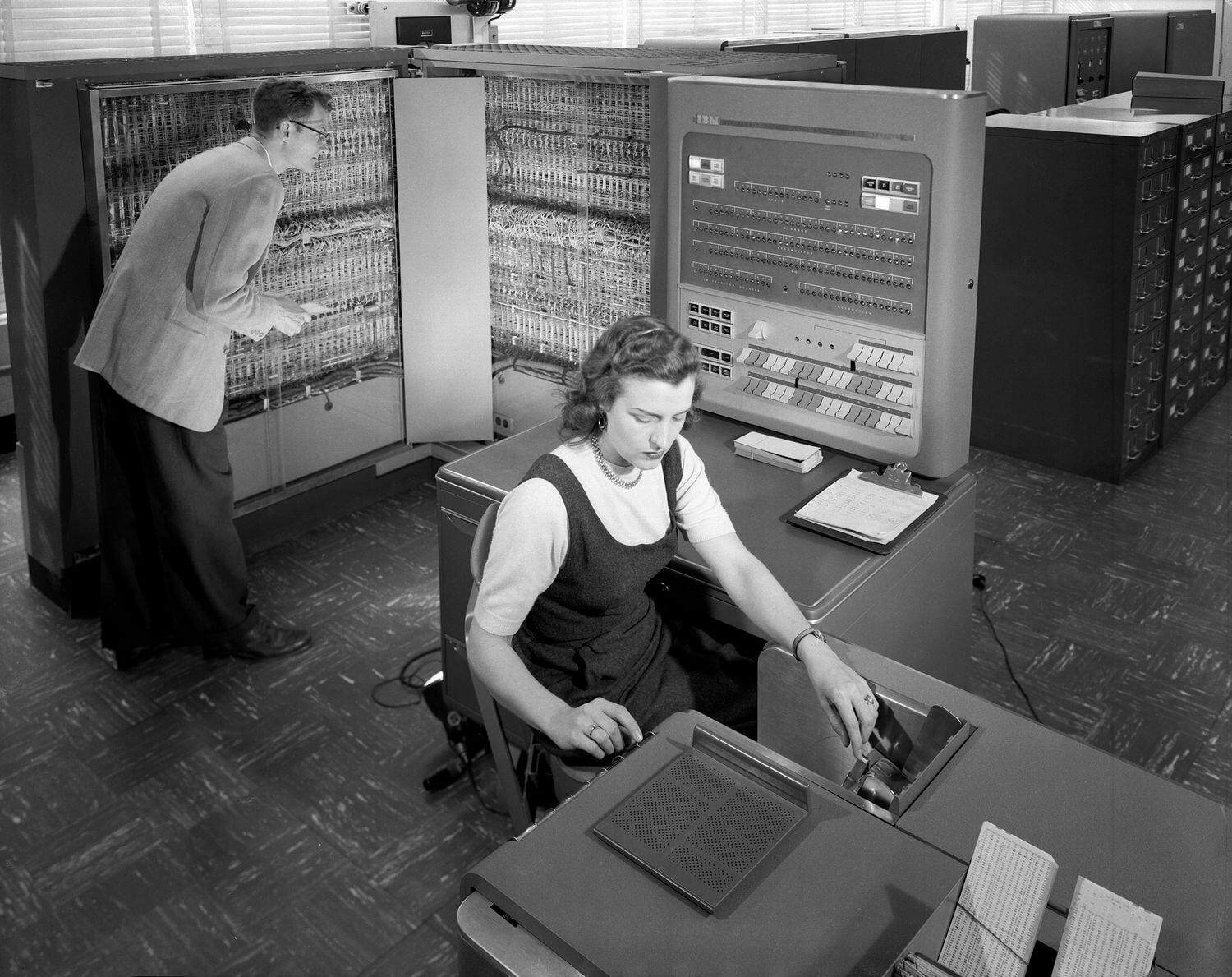type
status
date
slug
summary
tags
category
icon
password
Created time
Jul 25, 2024 09:03 PM
Implementing Machine Learning Operations (MLOps) is essential for organizations that aim to maintain high performance, scalability, and reliability in their machine learning (ML) projects. According to Google, there are three levels of MLOps implementation, each representing different stages of maturity and automation. Let's explore these levels and their key characteristics, along with the challenges and best practices for each.
MLOps Level 0: Manual Process
Characteristics
- Manual, Script-Driven Process: Each step, from data analysis to model training and validation, is executed manually. Transitions between steps also require manual intervention.
- Separation of ML and Operations: Data scientists create models and hand them over to engineers for deployment, resulting in a disconnect between development and operations.
- Infrequent Release Iterations: Models are deployed infrequently, often just a few times per year.
- No Continuous Integration (CI) or Continuous Deployment (CD): Due to the infrequent nature of changes, CI and CD are typically ignored.
- Lack of Active Performance Monitoring: Model predictions and actions are not tracked or logged, leading to potential issues going unnoticed.
Challenges
Models often fail in real-world deployments due to environmental changes or data dynamics. The lack of automation and active monitoring can exacerbate these issues.
Solutions
To address these challenges, consider implementing CI/CD practices and deploying an ML training pipeline. This enables Continuous Training (CT) and helps rapidly test, build, and deploy new ML implementations.
MLOps Level 1: ML Pipeline Automation
Characteristics
- Rapid Experimentation: Steps in the ML experiment process are automated.
- Continuous Training (CT): Models are trained automatically in production using fresh data.
- Experimental-Operational Symmetry: The same pipeline implementation is used across development, preproduction, and production environments.
- Modularized Code: Components and pipelines are reusable and composable.
- Continuous Delivery of Models: The deployment of trained models as prediction services is automated.
- Pipeline Deployment: The entire training pipeline, rather than just the model, is deployed.
Additional Components
- Data and Model Validation: Automated validation steps ensure new data produces reliable model versions.
- Feature Store: A centralized repository standardizes feature definitions, storage, and access.
- Metadata Management: Records information about pipeline executions to aid in reproducibility and debugging.
- ML Pipeline Triggers: Automated retraining of models based on schedule, data availability, performance degradation, or significant data distribution changes.
Challenges
This level is suitable for environments where new data drives model updates. However, frequent new ML ideas and implementations require a robust CI/CD setup.
MLOps Level 2: CI/CD Pipeline Automation
Characteristics
- Development and Experimentation: Iterative experimentation with new ML algorithms and models. The output is the source code of pipeline steps pushed to a source repository.
- Pipeline Continuous Integration: Building source code and running tests to produce deployable pipeline components.
- Pipeline Continuous Delivery: Deploying CI-produced artifacts to the target environment, resulting in a new pipeline implementation.
- Automated Triggering: The pipeline is executed based on a schedule or trigger, producing a newly trained model pushed to the model registry.
- Model Continuous Delivery: Serving the trained model as a prediction service.
- Monitoring: Collecting statistics on model performance and triggering pipeline execution or new experiments based on live data analysis.
Components
- Source Control: Version control for pipeline steps and components.
- Test and Build Services: Automated testing and building of pipeline components.
- Deployment Services: Automated deployment of pipelines and models.
- Model Registry: A centralized repository for managing model versions.
- Feature Store: Standardized feature definitions and storage.
- ML Metadata Store: Tracking data and artifacts for lineage and reproducibility.
- ML Pipeline Orchestrator: Coordinating the execution of pipeline steps.
Challenges
Rapidly exploring new ML ideas and deploying updates requires robust automation. The complexity of managing many pipelines and ensuring their seamless operation necessitates an end-to-end CI/CD system.
Conclusion
Implementing MLOps effectively transforms how organizations handle machine learning projects, improving reliability, scalability, and adaptability. By progressing through the levels of MLOps maturity—from manual processes to full CI/CD pipeline automation—organizations can ensure their ML models remain robust and responsive to changing environments and data.
Embrace these best practices to streamline your MLOps implementation and unlock the full potential of your machine learning initiatives. 🚀
📎 Links
- Author:raygorous👻
- URL:https://raygorous.com/article/how-to-implement-mlops
- Copyright:All articles in this blog, except for special statements, adopt BY-NC-SA agreement. Please indicate the source!
Relate Posts
Why You Need a Product Roadmap (And When You Don’t)🚀

LLM Open Challenges 3: Do we always need GPUs? (3 min)

LLM Open Challenges 1: How to improve efficiencies of chat interface? (3min read)

🌐 LLM Open Challenges 2: Large Language Models for Non-English Languages: Challenges and Perspectives 🚀 (3min read)

🚀 Monorepo vs. Polyrepo: A Technical Exploration 🚀 (3min read)

RAVEN: Unleashing the Power of In-Context Learning 🚀 (3min read)








